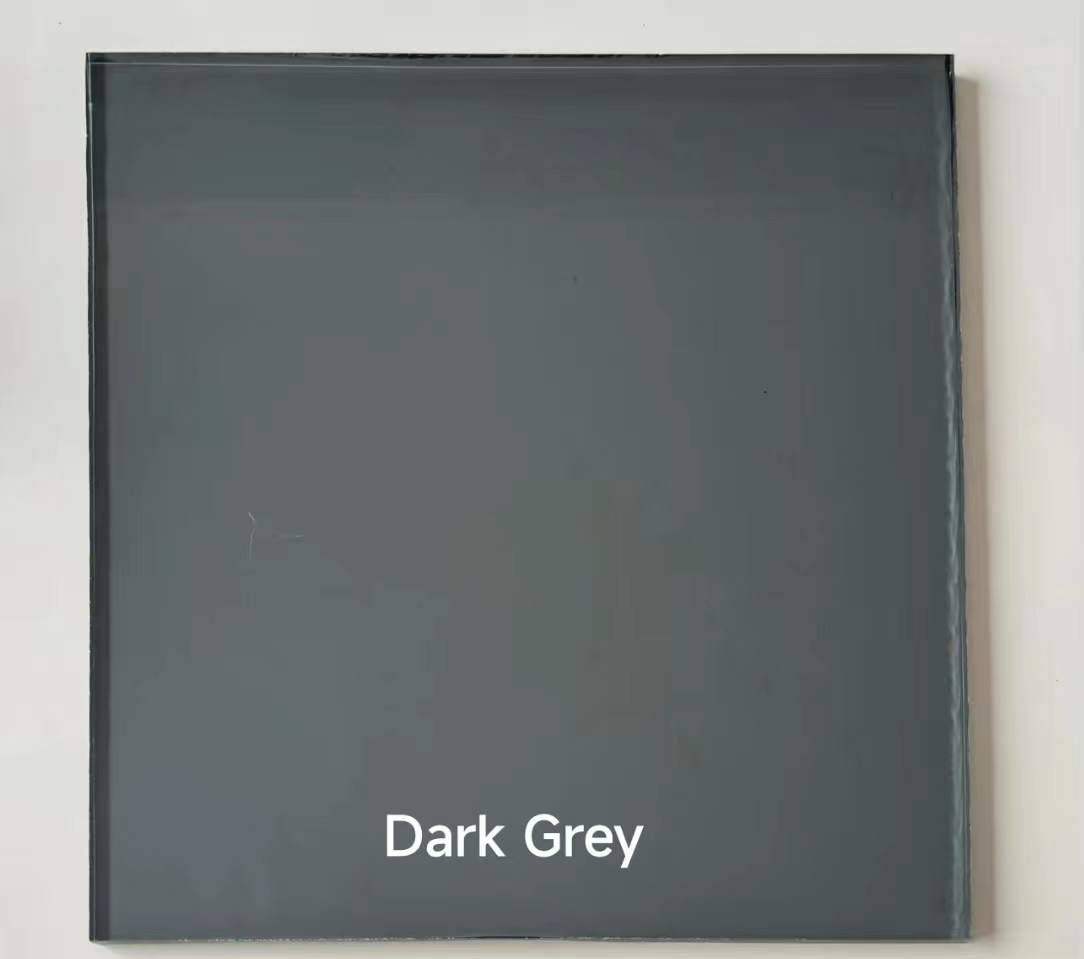Low reflective glass is an innovative type of glass that is designed to minimize reflections and glare. It is a popular choice for areas where visibility and clarity are important, such as storefronts, museums, and showrooms. This type of glass is engineered to have a lower amount of light reflection compared to standard glass, allowing for better visibility through the glass surface.
One of the key benefits of low reflective glass is its ability to enhance the aesthetics of a space. By reducing glare and reflections, it allows for better visibility of the items or products on display, creating a more attractive and captivating environment. This type of glass can also help to improve the overall ambiance of a space by allowing natural light to filter through without causing unwanted glare.
In addition to its visual benefits, low reflective glass also offers practical advantages. The reduced glare and reflections make it easier to see through the glass, improving visibility both inside and outside of a building. This can be especially important for businesses that rely on showcasing products or artwork, as it allows for a clearer view of the items on display.
Another advantage of low reflective glass is its energy efficiency
Another advantage of low reflective glass is its energy efficiency

Another advantage of low reflective glass is its energy efficiency
Another advantage of low reflective glass is its energy efficiency
 low reflective glass
low reflective glass. By reducing the amount of light reflection, this type of glass can help to lower energy costs by allowing more natural light to enter a space. This can also help to reduce the need for artificial lighting during the day, further decreasing energy consumption.
Low reflective glass is also known for its durability and longevity. It is typically coated with a special anti-reflective coating that helps to protect the glass from scratches, stains, and other damage. This makes it a practical choice for high-traffic areas or places that are exposed to the elements.
Overall, low reflective glass is a versatile and practical choice for a variety of applications. Whether it is used in storefronts to showcase products, museums to display artwork, or showrooms to highlight vehicles, this type of glass offers numerous benefits. Its ability to minimize glare and reflections, improve visibility, enhance aesthetics, and promote energy efficiency make it a valuable addition to any space.


 Another advantage of low reflective glass is its energy efficiency
Another advantage of low reflective glass is its energy efficiency
Another advantage of low reflective glass is its energy efficiency
Another advantage of low reflective glass is its energy efficiency low reflective glass. By reducing the amount of light reflection, this type of glass can help to lower energy costs by allowing more natural light to enter a space. This can also help to reduce the need for artificial lighting during the day, further decreasing energy consumption.
Low reflective glass is also known for its durability and longevity. It is typically coated with a special anti-reflective coating that helps to protect the glass from scratches, stains, and other damage. This makes it a practical choice for high-traffic areas or places that are exposed to the elements.
Overall, low reflective glass is a versatile and practical choice for a variety of applications. Whether it is used in storefronts to showcase products, museums to display artwork, or showrooms to highlight vehicles, this type of glass offers numerous benefits. Its ability to minimize glare and reflections, improve visibility, enhance aesthetics, and promote energy efficiency make it a valuable addition to any space.
low reflective glass. By reducing the amount of light reflection, this type of glass can help to lower energy costs by allowing more natural light to enter a space. This can also help to reduce the need for artificial lighting during the day, further decreasing energy consumption.
Low reflective glass is also known for its durability and longevity. It is typically coated with a special anti-reflective coating that helps to protect the glass from scratches, stains, and other damage. This makes it a practical choice for high-traffic areas or places that are exposed to the elements.
Overall, low reflective glass is a versatile and practical choice for a variety of applications. Whether it is used in storefronts to showcase products, museums to display artwork, or showrooms to highlight vehicles, this type of glass offers numerous benefits. Its ability to minimize glare and reflections, improve visibility, enhance aesthetics, and promote energy efficiency make it a valuable addition to any space.